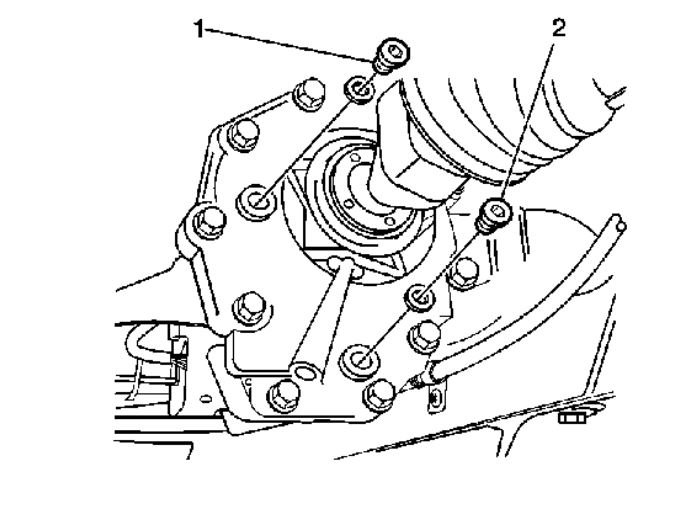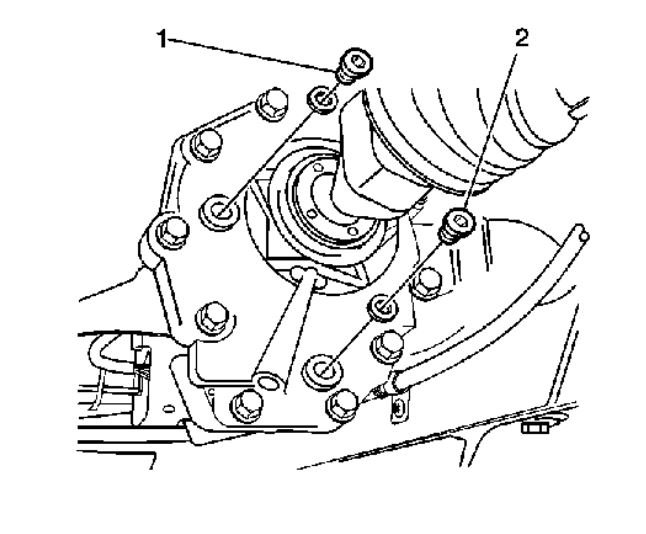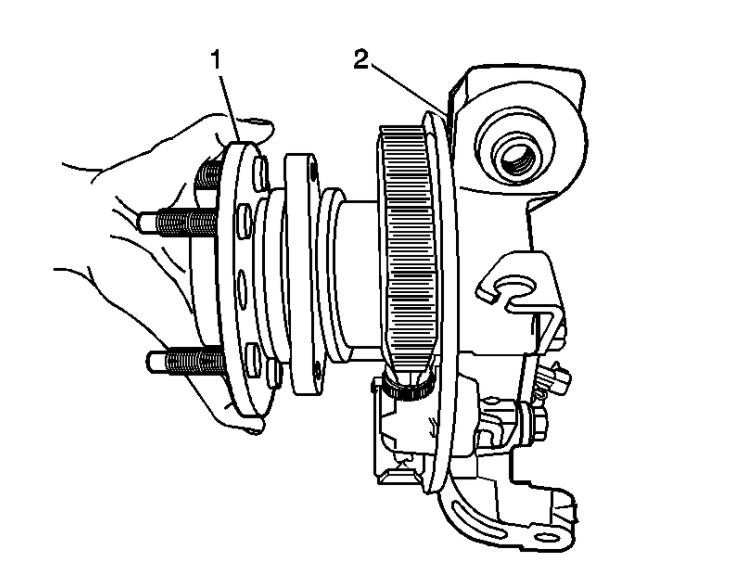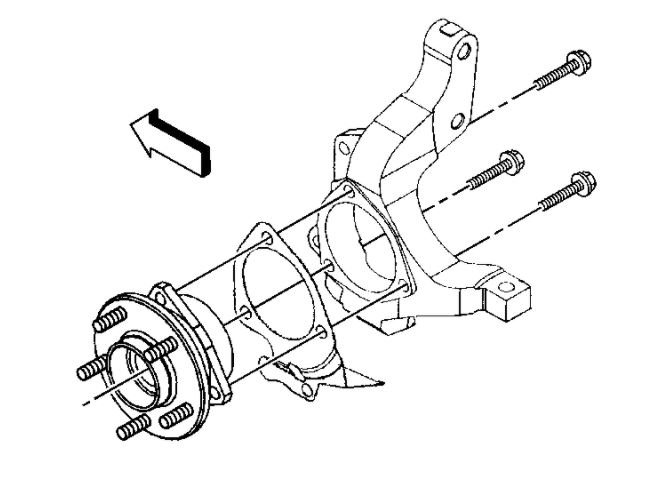Good afternoon,
Which bearings did you replace?
In most cases, it is a hub bearing. The fronts and rears are very common for failing. The brake dust gets into the bearings causing these issues.
https://www.2carpros.com/articles/bearing-hub-replacement
The other area that makes noise is the rear differential. If you have not changed the oil regularly in the differential, the bearings will fail and make a lot of noise.
https://www.2carpros.com/articles/how-a-differential-works
https://www.2carpros.com/articles/differential-gear-oil-fluid-check
Roy
Symptoms - Rear Differential Carrier
Strategy Based Diagnostics
Review the system operations in order to familiarize yourself with the system functions. Refer to Differential Carrier Assembly Disassembled Views and Differential Carrier Assembly Description and Locking Differential Description and Operation in Drive Axle Locking/Limited Slip and Transfer Case Description and Operation. All diagnosis on a vehicle should follow a logical process. Strategy based diagnostics is a uniform approach for repairing all systems. The diagnostic flow may always be used in order to resolve a system condition. The diagnostic flow is the place to start when repairs are necessary.
Visual/Physical Inspection
Inspect for aftermarket devices, which could affect the operation of the vehicle. Refer to Checking Aftermarket Accessories.
Inspect the easily accessible or visible system components for obvious damage or conditions, which could cause the symptom.
Check for the correct lubricant level and the proper viscosity.
Verify the exact operating conditions under which the concern exists. Note factors such as vehicle speed, road conditions, ambient temperature, and other specifics.
Compare the driving characteristics or sounds, if applicable, to a known good vehicle and make sure you are not trying to correct a normal condition.
Inspect for all-wheel drive activation and operation. Refer to All-Wheel Drive (AWD) System Functional Inspection.
Factors that may contribute to an inoperative rear differential include:
Low gear oil levels
Differential inoperative due to antilock brake system (ABS) function
Inoperative powertrain control module (PCM) and/or wiring system
A mini-spare or different size tire installed
A fluid over-temperature condition
An inoperative or "stuck" clutch pump check valve
A defective rear differential assembly
An inoperative transfer case assembly
Lubricant Change
Draining Procedure
imageOpen In New TabZoom/Print
1. Raise and support the vehicle. Refer to Vehicle Lifting.
2. Clean any dirt from around the differential drain plug (2).
3. Position a drain pan under drain plug.
4. Remove the drain plug (2) and gasket from the differential and drain the oil.
Filling Procedure
imageOpen In New TabZoom/Print
1. Notice: Refer to Fastener Notice in Service Precautions.
Install the drain plug (2) and gasket to the differential.
Tighten the differential drain plug to 32 Nm (23 ft. lbs.).
2. Clean any dirt from around the differential fill plug (1).
3. Remove the fill plug from the differential.
4. Fill the differential with synthetic gear oil GM P/N United States 12378514 Canada P/N 88901045. Refer to Capacities - Approximate Fluid in Maintenance and Lubrication.
5. Inspect the gear oil level to ensure it is even with the bottom of the fill plug hole to no lower than 6 mm (0.25 in) below the opening.
6. Install the fill plug (1) and gasket to the differential.
Tighten the fill plug to 32 Nm (23 ft. lbs.).
7. Lower the vehicle.
8. Important: The vehicle must be driven in tight left and right circles after filling the differential in order to distribute the gear lubricant throughout the differential.
Operate the vehicle in tight right and left circles in order to engage the all-wheel-drive system.
9. Raise and support the vehicle. Refer to Vehicle Lifting.
10. Remove the fill plug from the differential.
11. Inspect the gear oil level to ensure it is even with the bottom of the fill plug hole to no lower than 6 mm (0.25 in) below the opening.
12. Install the fill plug and gasket to the differential.
Tighten the fill plug to 32 Nm (23 ft. lbs.).
13. Lower the vehicle.
Images (Click to make bigger)
Wednesday, October 14th, 2020 AT 12:35 PM






